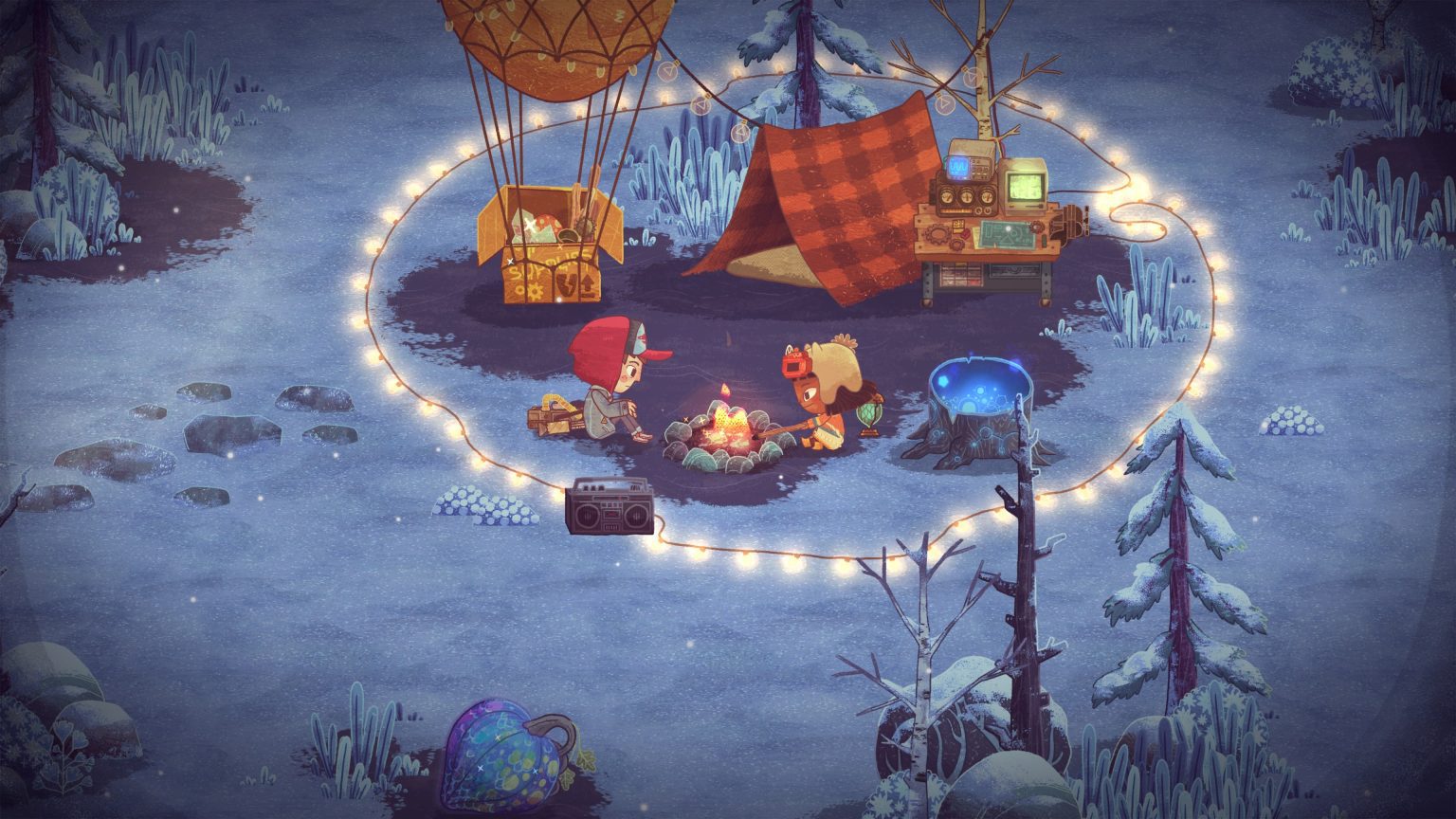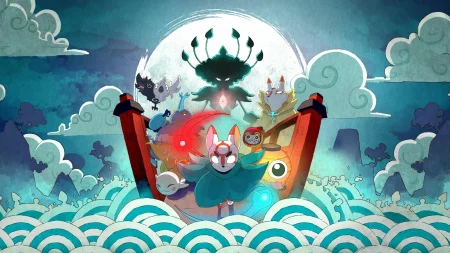Wild at Heart, Messy in Execution
When it comes to influence, few video game makers rival the might and magic of Nintendo. The gaming giant has contributed to nearly every genre under the sun—and even birthed several of its own. From Metroidvanias to platform fighters, Nintendo continually proves its ability to go where few games have gone before.
The Wild at Heart, a 2D adventure developed by Moonlight Kids and published by Humble Games, wears its zeal for Nintendo with pride. Take Pikmin’s gameplay, Zelda’s structure, and a dash of Luigi’s Mansion weaponry, and the game makes for an unusual concoction of Nintendo’s greatest hits.
Yet while The Wild at Heart brings plenty of ingredients to the table, it never manages to add its own spice. It provides pages of worldbuilding and lore, but fails to capture the imagination. It builds a web of systems—from resource gathering to crafting—but struggles to find chemistry between them. And it offers a sizable gameworld, but one that suffers from bloat and repetition.
The result is a serviceable homage to some of gaming’s finest, but a title that falls short of its own ambition.
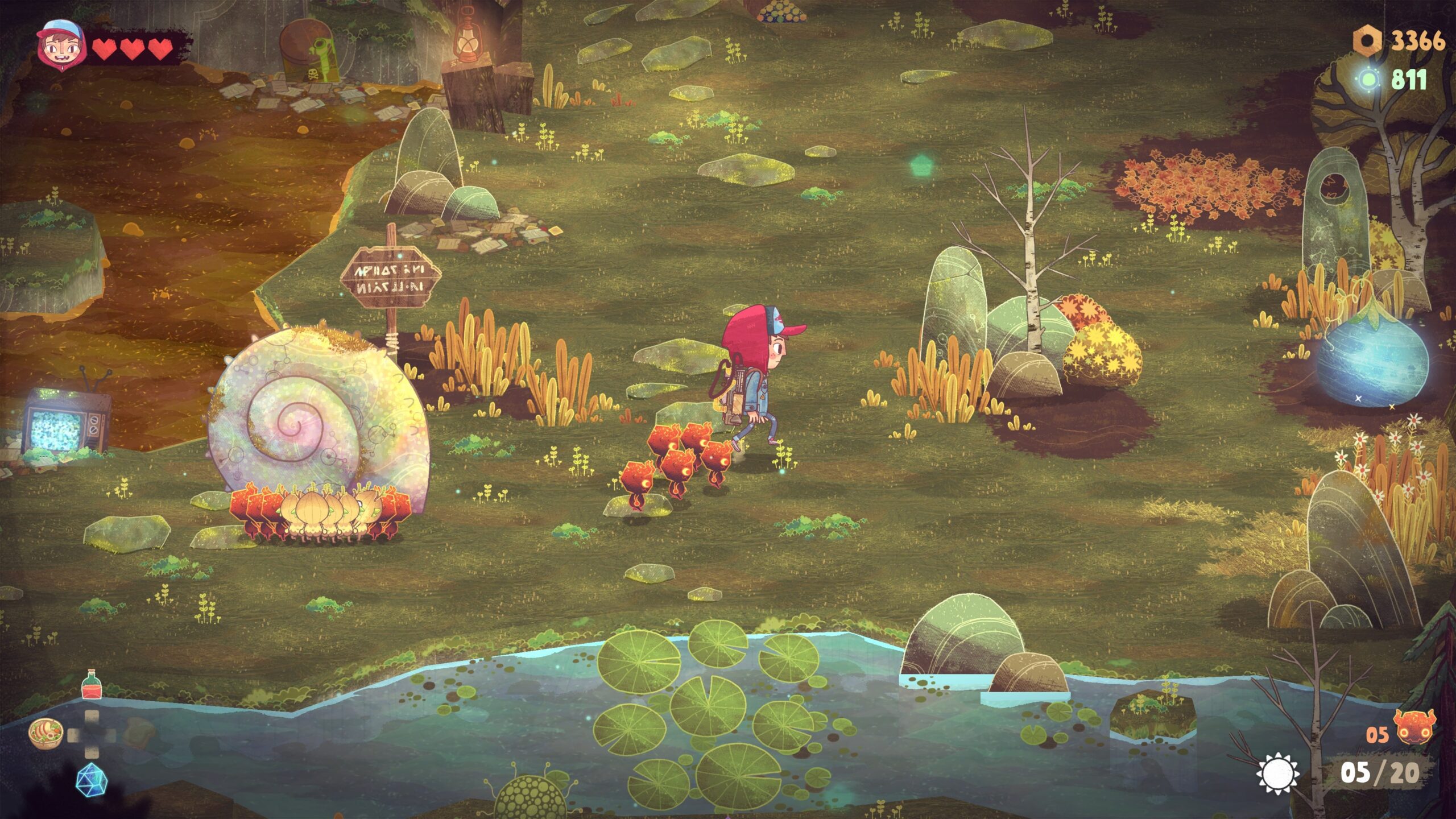
An Unlikely Fellowship
The Wild at Heart stars Wake and Kirby, a pair of childhood friends who each come from a broken home. One day, with his father away, Wake gathers his things and runs away into the surrounding forest, in search of his friend.
Unfortunately for Wake, he gets lost wandering into the depths of the woods. Before long, he encounters a mysterious man, Grey Coat, who presides over the forest. As Wake learns, this land—termed the Deep Woods—is home to an order of magical beings known as the Greenshields. The Woods also house various flora and fauna—most notably, helpful critters known as Spritelings, and dangerous creatures called Never that stalk the night.
With the Greenshields losing their hold over the Deep Woods, the Never threaten to engulf the world. Grey Coat tasks Wake with exploring the various ends of the Deep Woods, tracking down various Greenshields members, and ultimately restoring peace to the forest.
While an intriguing setup, The Wild at Heart’s narrative never gains momentum. The game’s NPCs, though quirky, come across more as side attractions than compelling characters. The central story fares slightly better, as Wake and Kirby wrangle with painful memories about their parents. But their trials are held back by forgettable dialogue and sporadic pacing.
To its credit, The Wild at Heart’s story woes aren’t due to lack of effort. The game takes care to explore the history, inhabitants, and locales of the Deep Woods, complete with a detailed lore book. But all the lore in the world can’t make up for weak characters and an uninspired plot.
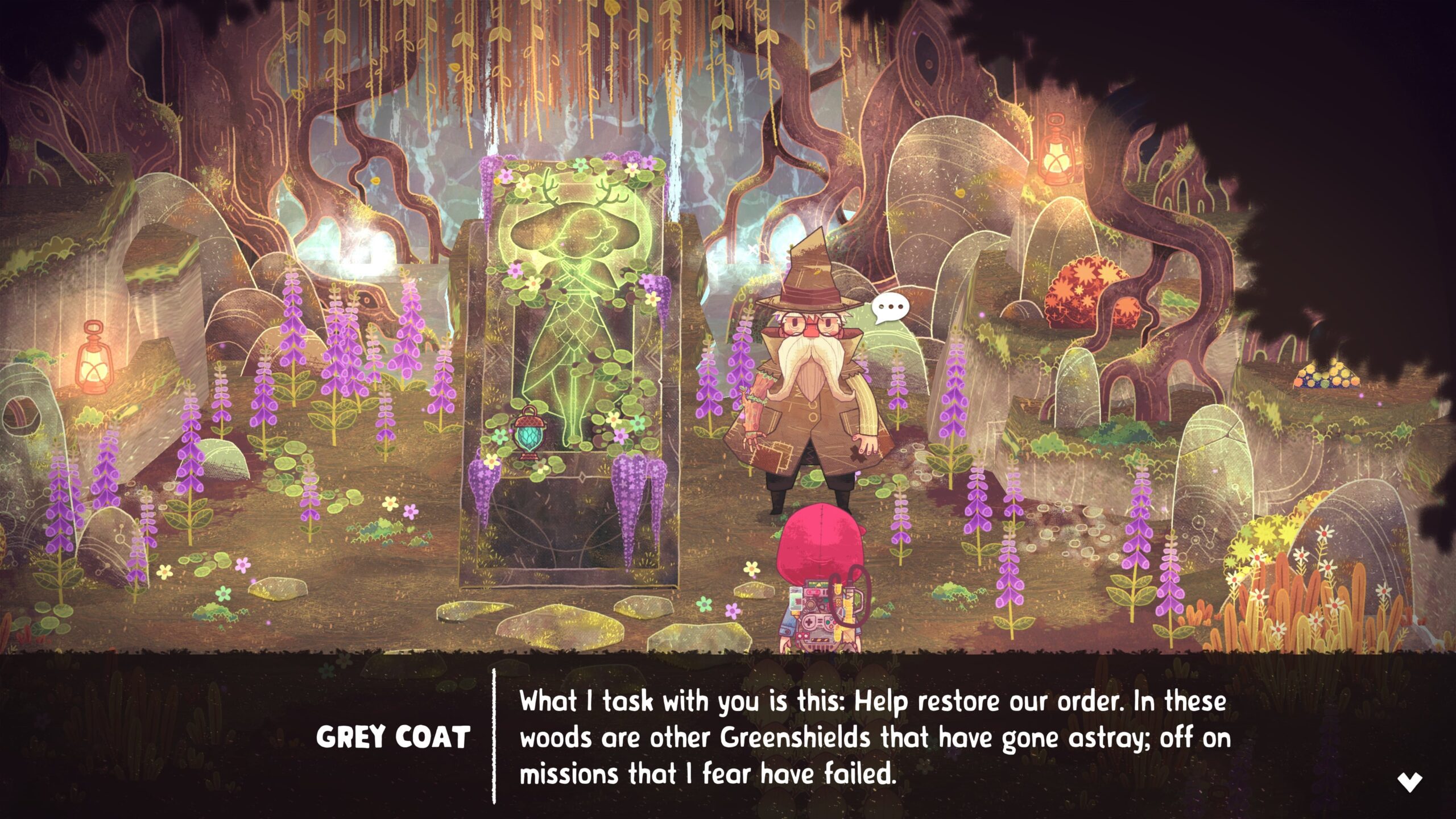
You Say Spriteling, I Say Pikmin
Thankfully, the bulk of your time in The Wild at Heart is spent exploring its sizable overworld. The game borrows heavily from the Zelda framework, sending Wake to various biomes—dark caves, icy mountains, etc.—in search of items that grant access to new areas of the map.
The real influence, however, is Pikmin. Over the course of a 12-15 hour campaign, you’ll meet five different types of Spritelings, each of which you can recruit in numbers to help you progress. Emberlings, for instance, are fiery creatures that burn patches of bramble and pack a wallop in combat. By contrast, Shiverlings craft ice bridges and are relatively brittle in fights.
Controlling these Spritelings is simple enough. You can swap between different types with a selection wheel and toss the selected choice with a button tap. With the help of your trusty vacuum, the Gustbuster, you can suck up Spritelings in the field (the equivalent of Captain Olimar’s whistle). Your vacuum also lets you rotate pinwheels, open locked gates, and clear piles of junk strewn throughout the world.
The latter is especially important, as junk items play a key role in The Wild at Heart. Not only will you come across nuts and bolts that serve as currency—à la Ratchet and Clank—but you’ll discover materials you can sell to vendors or craft into items and tonics. Next to Spritelings, money is your most important resource; you can spend it to improve the central base of the Greenshields and unlock new upgrades for Wake and Kirby.
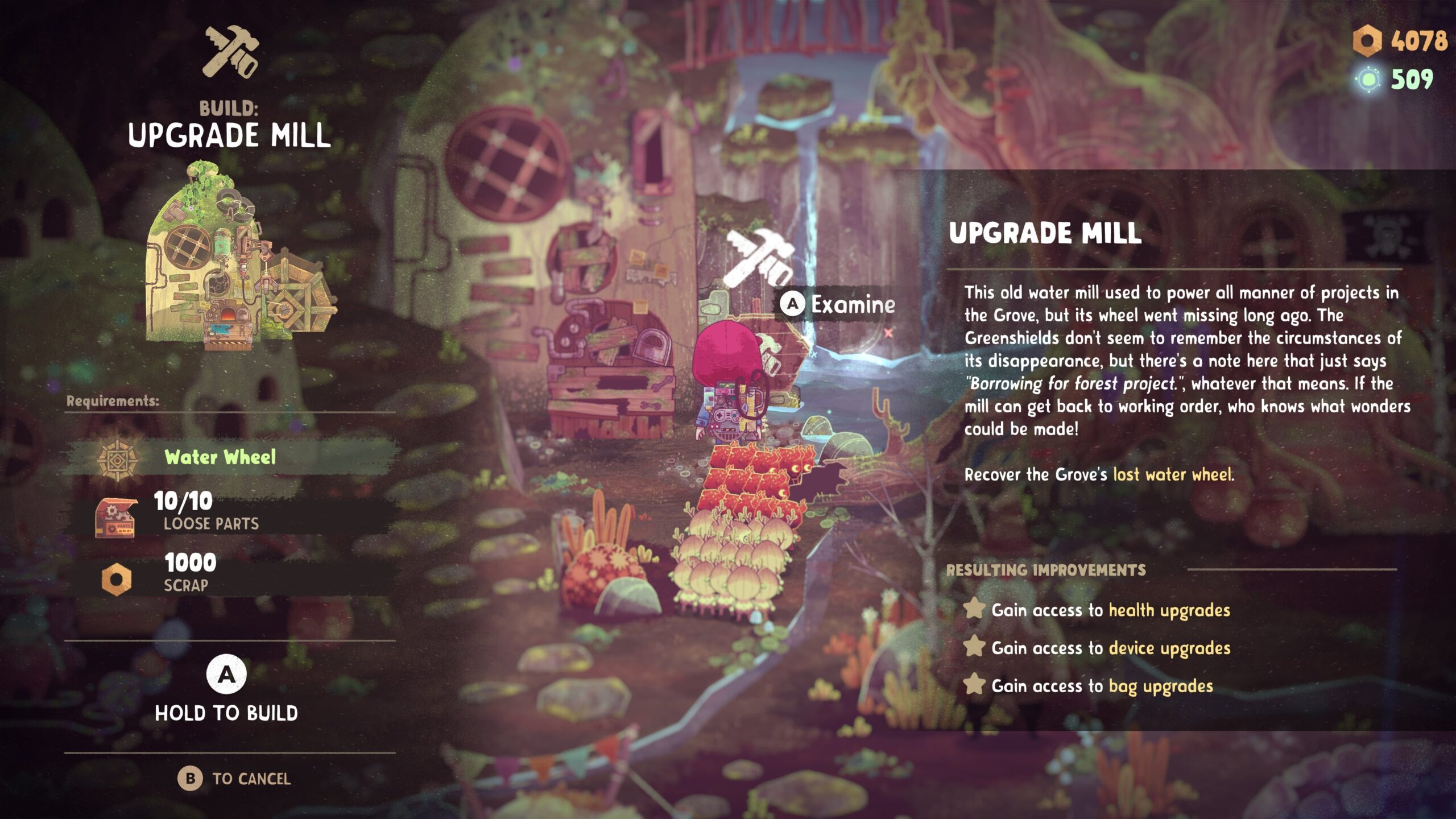
Systems Overload
If this sounds like a lot to handle, that’s because it is. The Wild at Heart asks a lot of players, especially in the opening hours. Between Spritelings, resources, crafting, combat, upgrades, and a day/night survival cycle, there are a lot of disparate mechanics to track.
Unfortunately, more doesn’t necessarily equate to better. Whereas Pikmin lived and died by its simplicity, The Wild at Heart quickly gets overburdened by its needless component parts. None of these features adds much to the overall gameplay loop: The game’s too easy for upgrades. Combat’s too straightforward for crafting. And resource gathering kills the pace of an otherwise enjoyable experience.
This only gets further weighed down by the addition of Kirby’s character a few hours into the narrative. Once the two are reunited, you can flip between Wake and Kirby with the tap of a button. At first, this mechanic adds some welcome variety to the game by way of fresh puzzles. But these challenges quickly become samey, and end up being more a hassle than anything else.
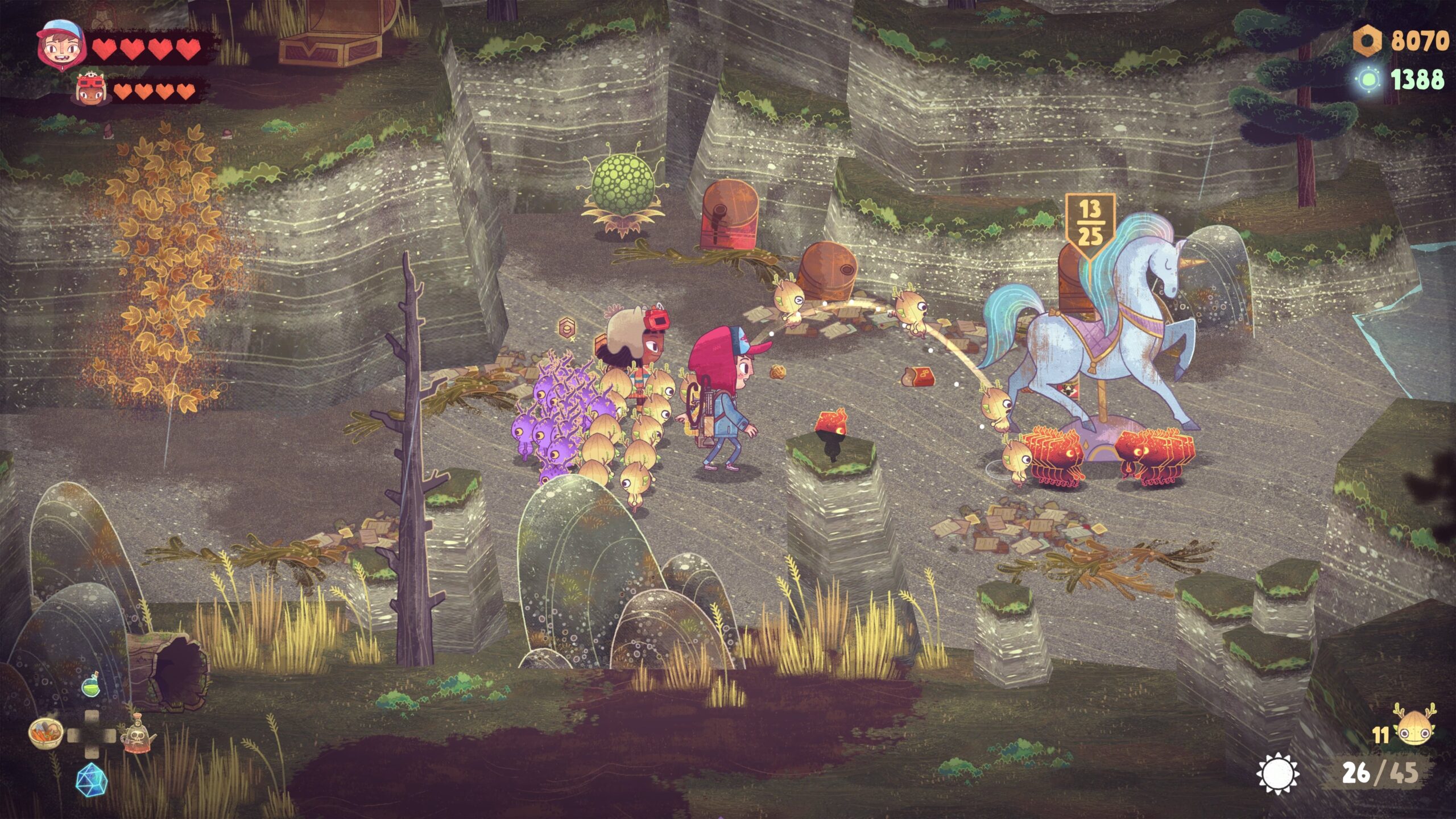
Bed Bugs Sure Bite
The experience is further soured by a litany of bugs that, while not game-breaking, do distract and detract. Spritelings get stuck on cliffs. Wake and Kirby freeze in place. Upon exiting to the main menu, the menu selection becomes unresponsive.
In isolation, these issues are easy to overlook, as the game overall is relatively polished. The title sports a sleek 2D art style, reminiscent of Foam Sword Games’ Knights and Bikes. Character designs are charming, backdrops are detailed, and the game controls well. The soundtrack also does its job, even if it isn’t particularly noteworthy.
But therein lies the rub for The Wild at Heart: It just isn’t memorable. Despite its inoffensive story and well-meaning gameplay, the title never quite finds its groove. There’s no smoking gun I can point to, as nothing here is inherently “bad.” This is a rare case where a gaming experience is simply less than the sum of its parts.
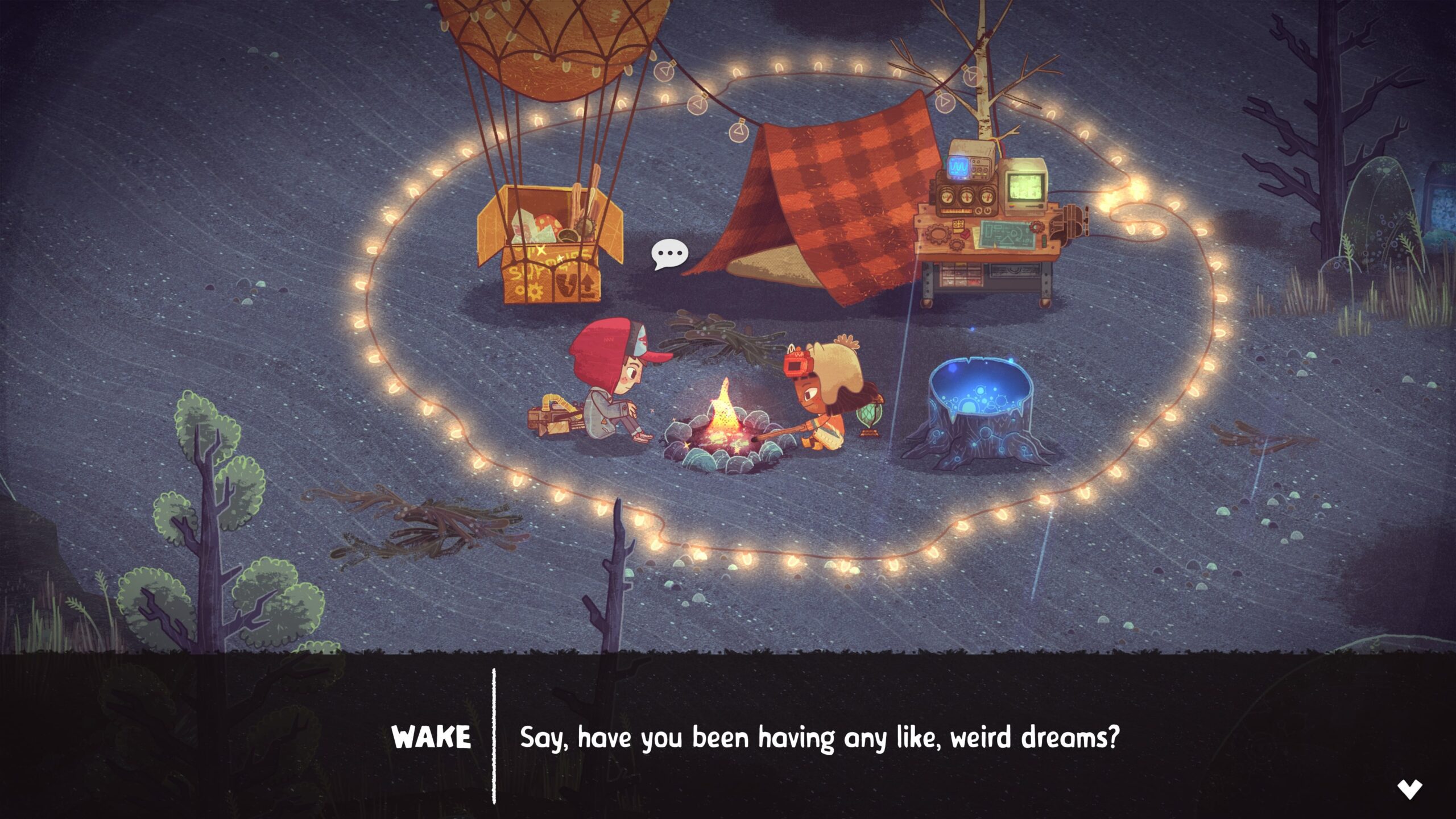
Final Thoughts
Beneath all the bloat and clutter, The Wild at Heart has the foundation for an enjoyable game. It’s charming, with an appealing visual style. It’s well-designed, with tight controls and clever puzzles. And it’s polished, shy of some bugs that can and should be patched.
I had fun for stretches at a time, and every so often the disparate systems came together to provide a glimpse into what could have been. Unfortunately, those moments were the exception rather than the norm.
If you’re a diehard Pikmin fan, you may enjoy what The Wild at Heart has to offer. But those seeking fresh ideas or flawless execution, temper your expectations. The Wild at Heart may wear its heart on its sleeve, but it loses some of its soul along the way.
Score: 6.8/10
*The Wild at Heart review code provided by the publisher.
For more on Humble Games titles, read why One Step From Eden is a great Mega Man: Battle Network game. Also check out why Ikenfell is a great indie game you probably didn’t play, and why Carto is one of 2020’s best games.
David is the founder of The Punished Backlog. He has a problem finishing games he starts.
Just beat: Donkey Kong Bananza.
Working on: Hollow Knight: Silksong.
Can't wait for: Metroid Prime 4: Beyond.
Follow David on Twitter at @David_Silbert to keep up to date with all things The Punished Backlog.


